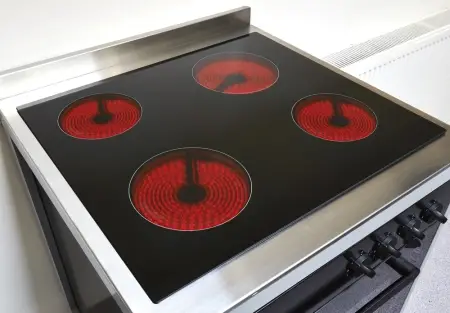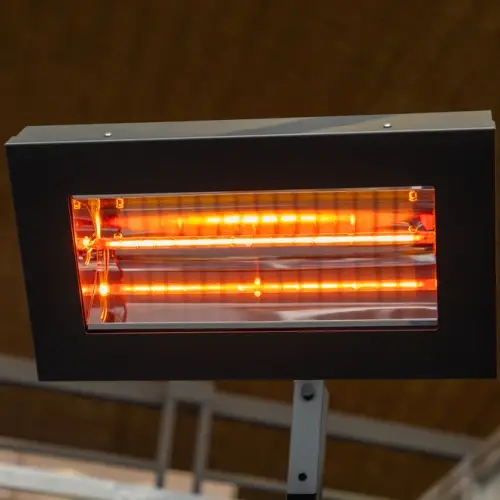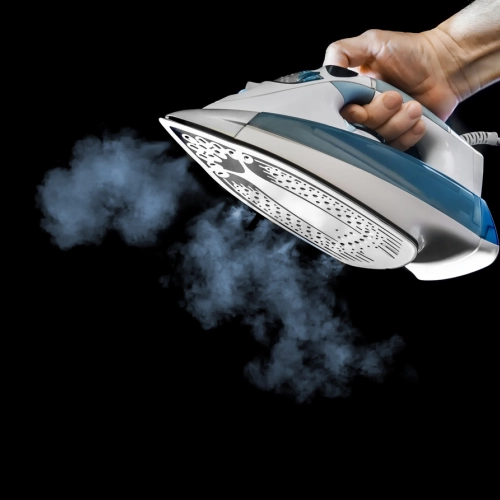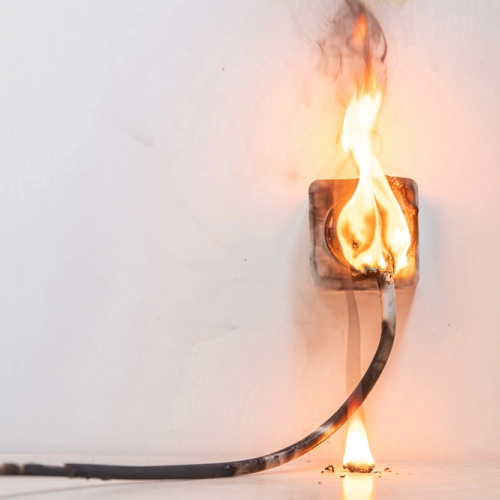
When we turn on an electric stove, connect a charger to our phone or notice how a wire heats up when current passes through it for a long time, we are experiencing the Joule effect .
This phenomenon, although it may seem simple, is one of the bases of our modern understanding of electrical energy and its transformation into heat.
What is the Joule effect?
The Joule effect, also known as resistive heating, is the process by which electrical energy is converted into heat when an electric current flows through a conductor.
This phenomenon was discovered by British physicist James Prescott Joule in the 19th century, who showed that the heat generated depends on the current flowing, the resistance of the material, and the time during which the current passes.
Physical explanation
 To understand how this phenomenon occurs, it is important to visualize what happens inside a driver.
To understand how this phenomenon occurs, it is important to visualize what happens inside a driver.
Conductive materials, such as metals, are made up of atoms whose structures allow the free movement of electrons. When we apply a potential difference (i.e. a voltage), the electrons begin to move, forming an electric current.
As electrons travel through the conductor, they collide with atoms in the material. These collisions transfer energy to the atoms, increasing their kinetic energy. This increase in kinetic energy manifests as heat, raising the temperature of the conductor.
The greater the resistance of the material, the more frequent and energetic the collisions will be, and therefore the more heat will be generated.
It is important to note that the Joule effect is not always desirable. In some cases, such as in electrical transmission cables, this heat represents a loss of energy that must be minimized. However, in other cases, such as in electric heaters or stoves, this heat is precisely the objective.
Everyday examples
 Below I show you some everyday examples where this effect can be seen:
Below I show you some everyday examples where this effect can be seen:
- Electric heaters and stoves: When we turn on an electric heater, the current passes through a resistance specially designed to generate heat. This heat is transferred to the air or water, depending on the type of device.
- Incandescent bulbs: In an incandescent bulb, the filament is heated by the Joule effect to very high temperatures, emitting light as a result. Although these bulbs have largely been replaced by more efficient technologies, they are a clear example of how the Joule effect can generate both light and heat.
- Power Cords and Chargers: If you've ever noticed your phone charger getting warm after prolonged use, you're experiencing the Joule effect. This happens because a small amount of energy is lost as heat due to the internal resistance of the device's cables and components.
- Regenerative brakes in electric trains and cars: Although regenerative brakes convert much of the kinetic energy into electricity, they also generate heat due to the Joule effect in heat dissipation systems.
- Electric irons: These devices convert electrical energy into heat to smooth clothes. The heat generated is transferred to the surface of the iron and from there to the fabrics.
Associated problems
 The Joule effect, although essential and exploited in many applications, can cause problems in certain situations, such as:
The Joule effect, although essential and exploited in many applications, can cause problems in certain situations, such as:
- Energy losses: In power transmission lines, the Joule effect causes energy loss in the form of heat. This requires the design of systems that minimize these losses, such as increasing the voltage to reduce the current or using materials with lower resistance.
- Overheating: In electrical circuits and electronic devices, the heat generated can damage sensitive components, reduce the lifespan of devices, or even cause failures.
- Energy inefficiency: In older equipment, such as incandescent light bulbs, much of the energy is lost as heat rather than converted to light, making them less efficient compared to modern technologies.
- Fire Hazards: If the heat generated by the Joule effect is not properly dissipated, it can build up, increasing the risk of fire, especially in faulty or overloaded electrical systems.